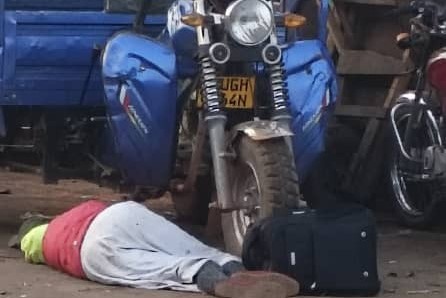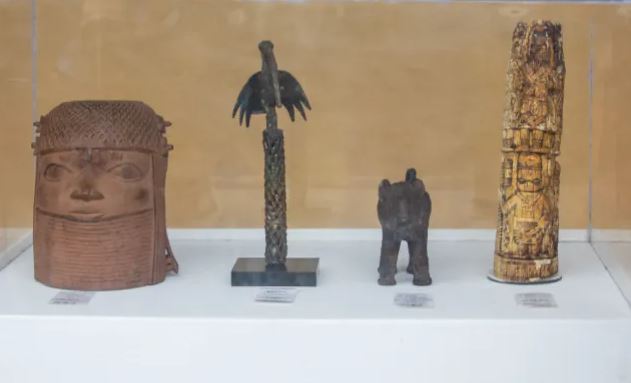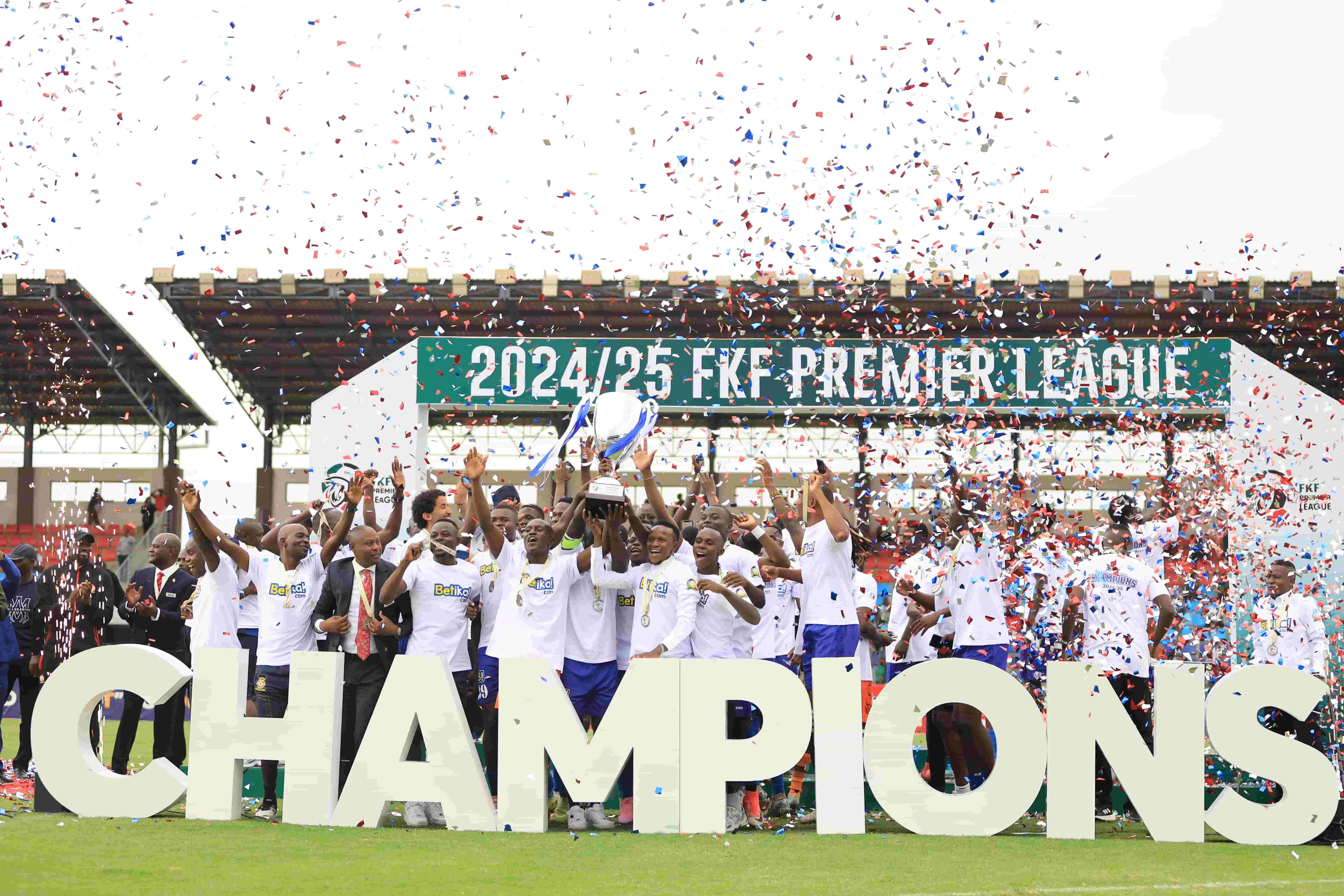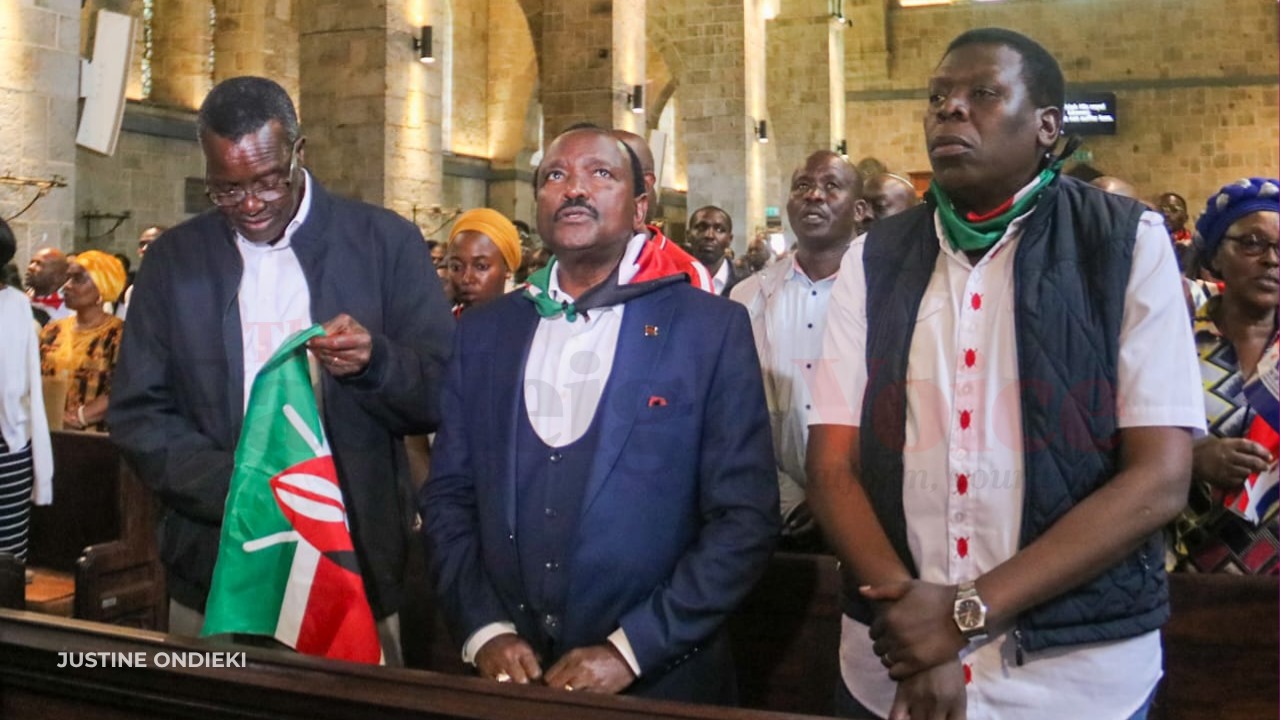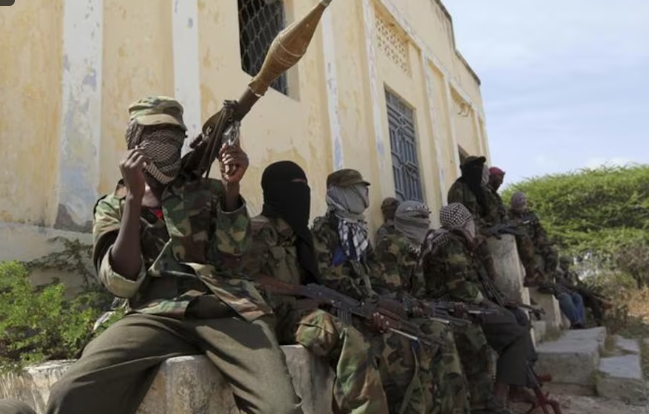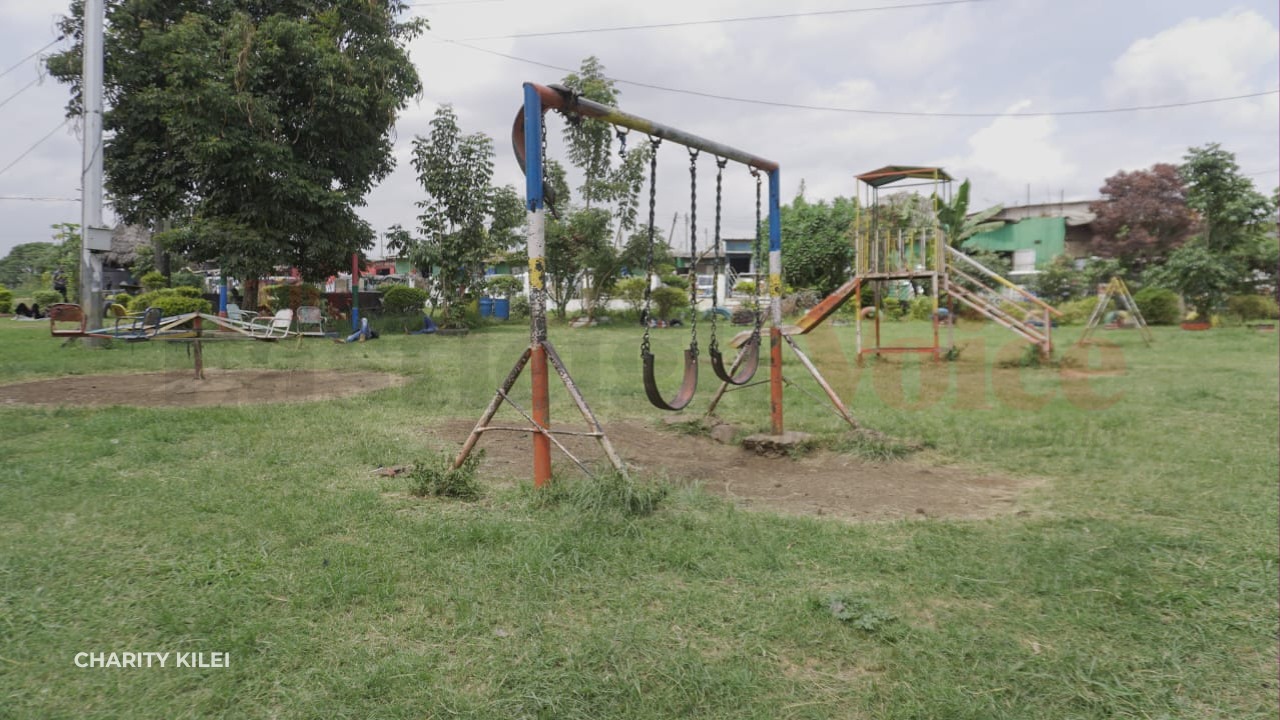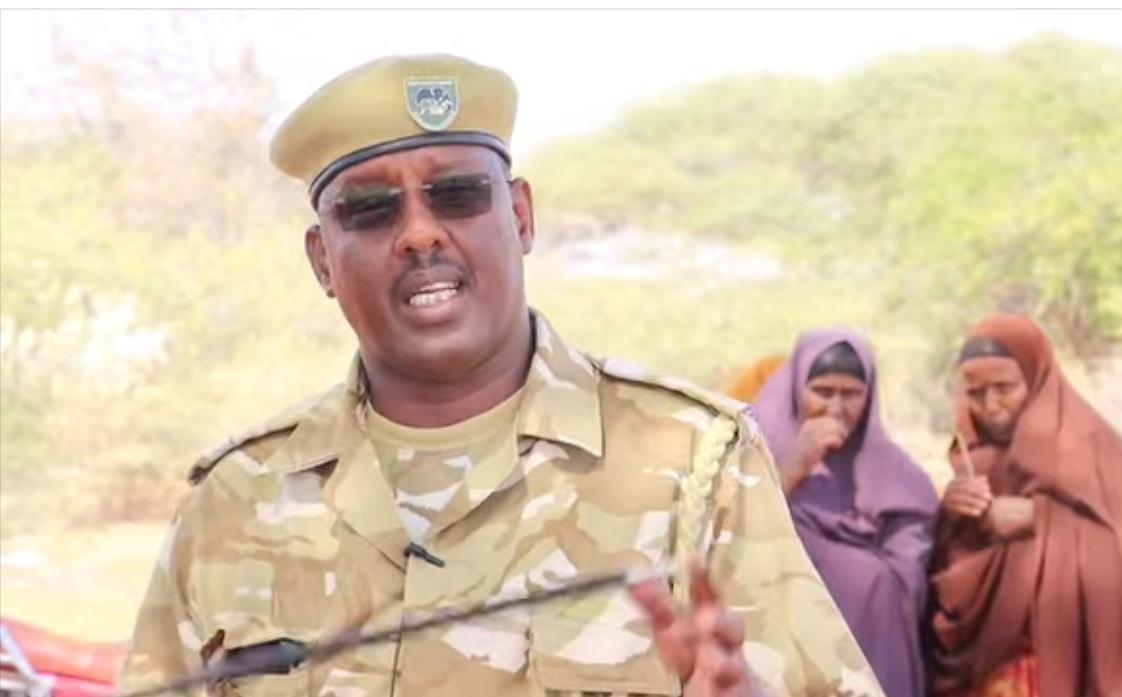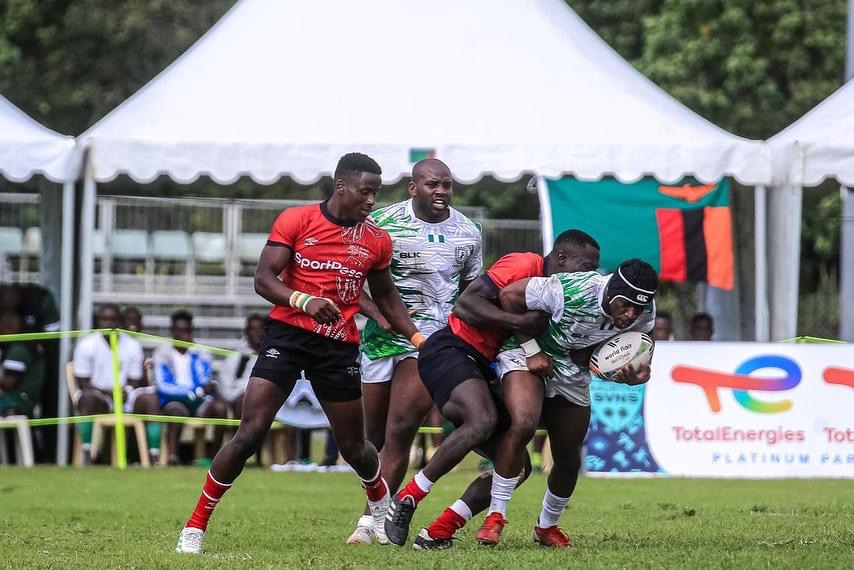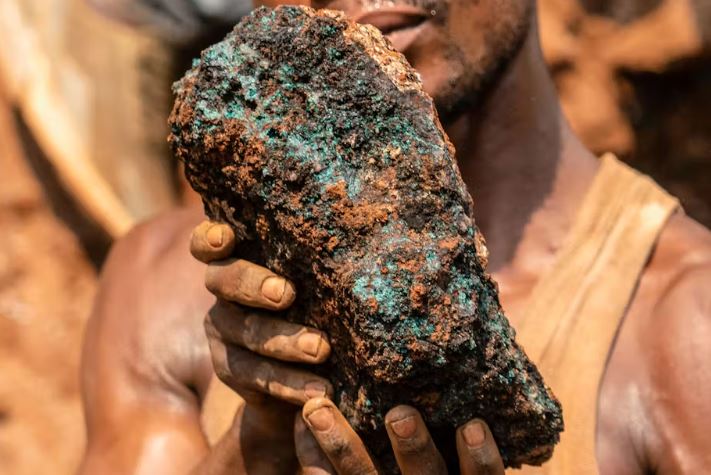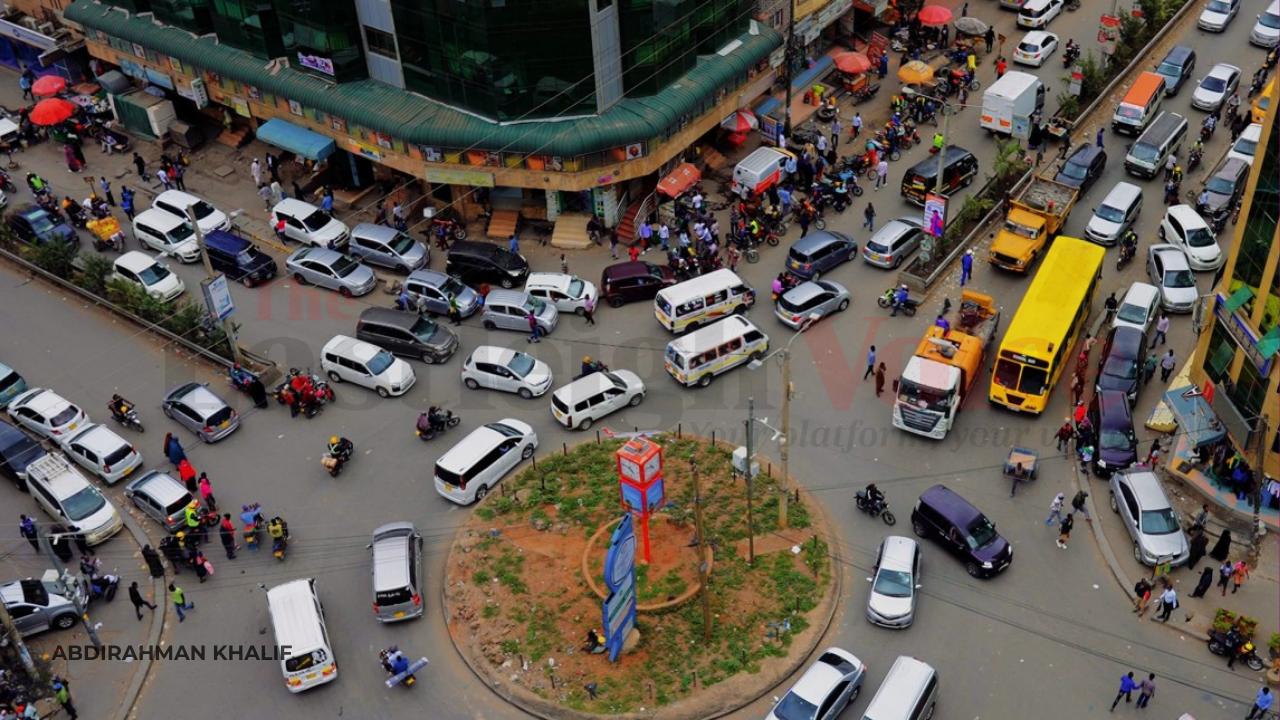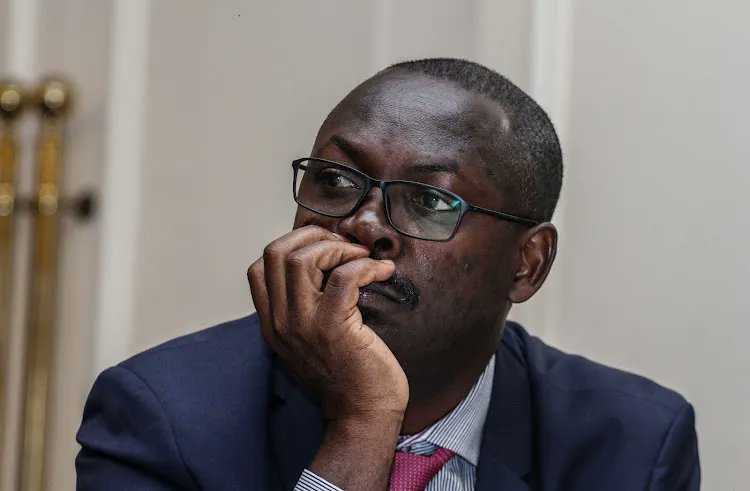Government allocates Sh405.1 billion to counties with Nairobi getting lion's share
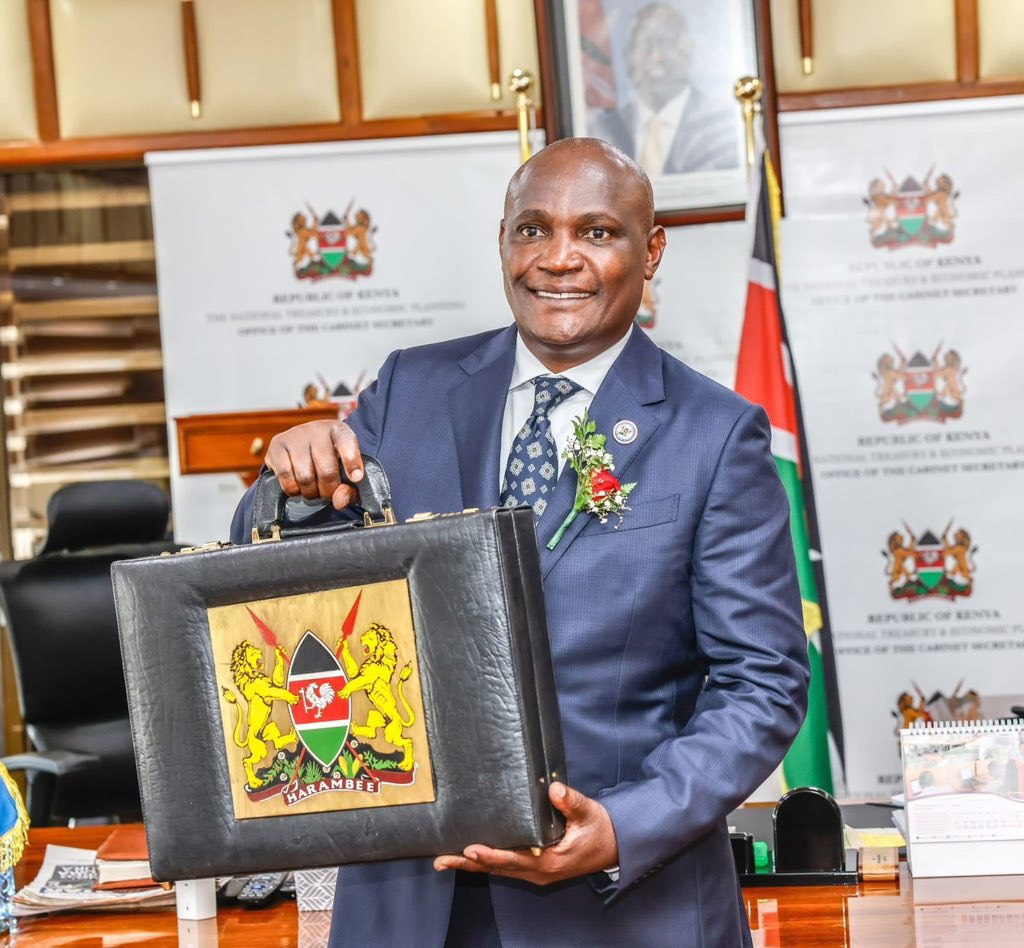
Among counties, Nairobi tops the list with Sh21.1 billion, followed by Nakuru with Sh14.3 billion, Turkana (Sh13.8 billion), and Kakamega (Sh13.6 billion). Kiambu will get Sh12.9 billion, Kilifi (Sh12.7 billion), and Mandera (Sh12.2 billion).
Nairobi will receive the highest allocation in the 2025/26 budget, securing Sh21.1 billion from the Sh405.1 billion set aside for counties.
The amount, presented by National Treasury Cabinet Secretary John Mbadi in Parliament on Thursday, represents 25.79 per cent of the actual national revenue raised in the 2020/21 fiscal year, according to the latest audited accounts.
More To Read
- Revenue shortfall sparks National Treasury’s Sh18 billion supplementary budget push
- State House, NIS among beneficiaries of Sh9.3 billion emergency funds
- New push to rehabilitate street families as population census begins June 29
- Counties to take over Sh150 billion in functions by July 2026 in landmark devolution move
- Governor Sakaja condemns violence in City during protests, calls for arrests
- Auditor General gains real-time access to monitor national debt as Treasury launches new system
It marks an increase of Sh17.6 billion from the Sh387.4 billion allocated in the current 2024/25 budget cycle.
“This budget reaffirms the priority policies and strategies aimed at stimulating economic recovery,” Mbadi said during his first budget presentation since taking over the docket.
In addition to the equitable share, the CS allocated Sh9.95 billion as conditional allocations from the National Government’s revenue share and a further Sh56.91 billion as conditional grants from development partners.
The total shareable revenue in the 2025/26 financial year stands at Sh2.835 trillion, with the National Government’s share accounting for Sh2.419 trillion.
Among counties, Nairobi tops the list with Sh21.1 billion, followed by Nakuru with Sh14.3 billion, Turkana (Sh13.8 billion), and Kakamega (Sh13.6 billion). Kiambu will get Sh12.9 billion, Kilifi (Sh12.7 billion), and Mandera (Sh12.2 billion).
Other allocations include: Bungoma (Sh11.7 billion), Kitui (Sh11.4 billion), Meru (Sh10.4 billion), and Wajir (Sh10.3 billion). Machakos (Sh10 billion), Kisii (Sh9.7 billion), Narok (Sh9.6 billion), Kwale (Sh9 billion), Makueni (Sh8.9 billion), and Uasin Gishu (Sh8.9 billion).
Garissa and Kajiado will each get Sh8.7 billion, Homa Bay (Sh8.5 billion), Kisumu (Sh8.8 billion), and Mombasa (Sh8.2 billion). Muranga (Sh7.8 billion), Nandi (Sh7.7 billion), West Pokot (Sh6.9 billion), Nyeri (Sh6.8 billion), and Nyandarua (Sh6.2 billion). Samburu (Sh5.9 billion), Kirinyaga (Sh5.7 billion), Laikipia and Nyamira (Sh5.6 billion each), Vihiga (Sh5.5 billion), Taita Taveta (Sh5.3 billion), Isiolo (Sh5.1 billion), and Elgeyo Marakwet (Sh5 billion). Tharaka Nithi will get Sh4.6 billion and Lamu the least with Sh3.4 billion.
CS Mbadi emphasised that the government remains committed to fostering economic growth and stability, noting that Kenya’s economy recorded an average growth rate of 5.2 per cent in the 2023/24 period. This outpaced the global growth rate of 3.3 per cent and Sub-Saharan Africa’s 3.8 per cent.
“I remain mindful of the aspirations and high expectations as I serve in this office,” he said.
He also emphasised efforts to align budget planning with public expectations and actual revenue trends.
“There has been public perception and concern in the past that our budgets tend to be unrealistic. To address these concerns, we adopted zero-based budgeting and reduced revenue projection to be in line with trends,” Mbadi told Parliament.
He added that the government had strengthened citizen engagement in all stages of policymaking.
“We have strengthened public participation in all policy formulation, including the budget-making process,” he said.
Top Stories Today

